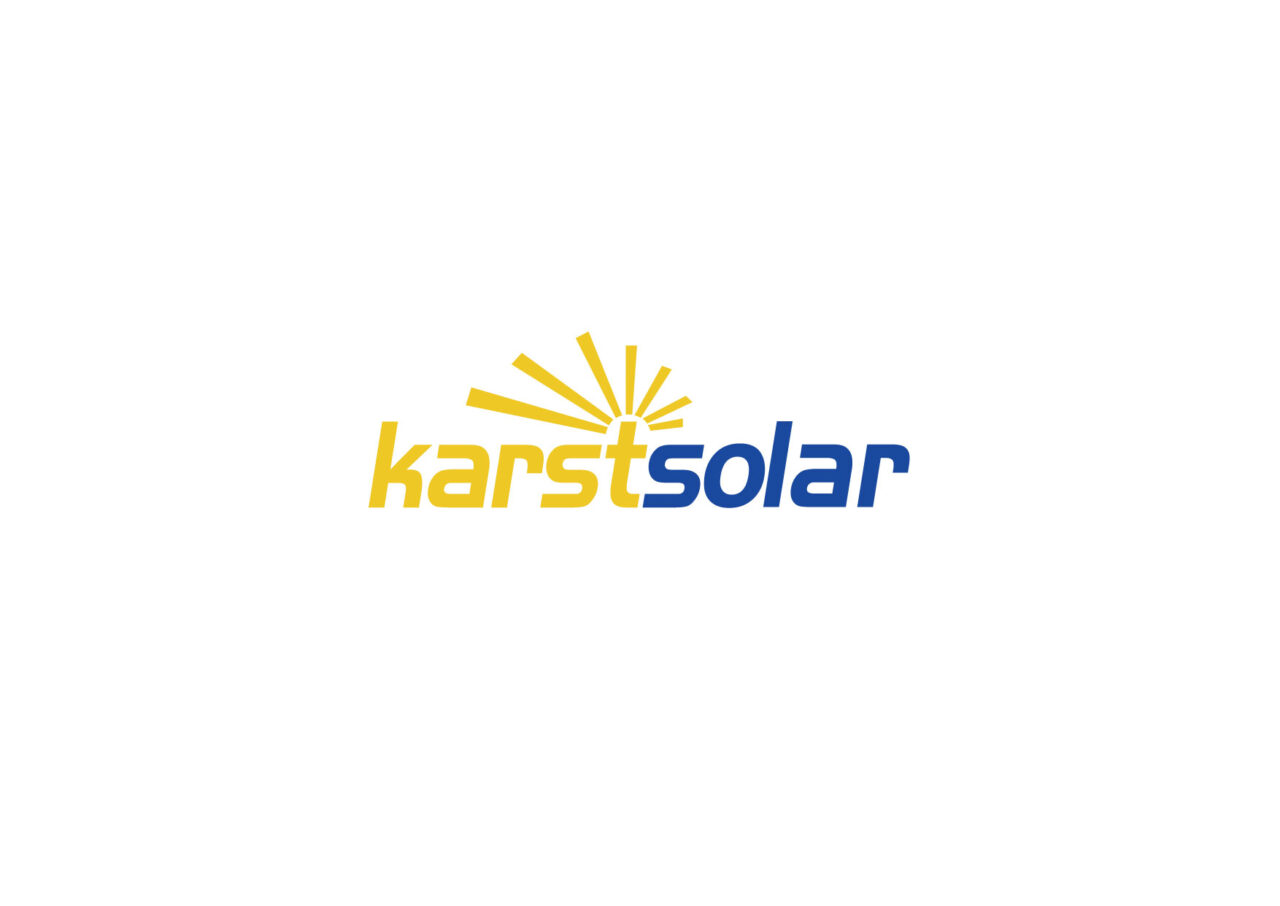Achieving Building Autonomy Through Integrated Photovoltaic Technology

Renewable energy
In the quest for sustainable development and energy independence, the integration of photovoltaic (PV) technology into building designs has emerged as a transformative solution. This approach, known as Building-Integrated Photovoltaics (BIPV), not only offers a path towards energy self-sufficiency but also redefines the aesthetics and functionality of modern architecture.
The Concept of BIPV

BIPV systems seamlessly integrate solar panels into the building envelope, such as the roof, façades, or windows, thereby transforming buildings from passive energy consumers into active energy producers. This integration goes beyond the mere attachment of solar panels onto surfaces; it involves the architectural incorporation of photovoltaic materials, making them a fundamental part of the building’s design and construction.
Benefits of BIPV
The benefits of BIPV are manifold. Firstly, it significantly reduces the building’s carbon footprint by generating clean, renewable energy onsite. This not only helps in combating climate change but also aligns with global efforts to achieve carbon neutrality. Secondly, BIPV systems contribute to the building’s energy independence, reducing reliance on the grid and susceptibility to power outages and fluctuations in energy prices. Furthermore, the aesthetic versatility of BIPV allows for innovative designs, enhancing the building’s appearance and potentially increasing its value.
The Path to Energy Self-Sufficiency
Achieving building autonomy through BIPV involves careful planning and design. It requires a multidisciplinary approach that encompasses architects, engineers, and energy experts working together from the inception of the project. This collaboration ensures the optimal placement and integration of PV modules, maximizing solar energy capture without compromising the building’s design integrity.
Technological advancements have led to the development of various BIPV products, including transparent solar glass and solar tiles that mimic traditional roofing materials, photovoltaics on the rooftop, these innovations enable architects to design buildings that are not only energy-efficient but also aesthetically pleasing.
Case Studies and Success Stories

Globally, numerous projects have successfully integrated BIPV, serving as beacons of sustainable architecture. For instance, the Edge in Amsterdam, often cited as the world’s greenest office building, incorporates an extensive BIPV system that significantly contributes to its energy needs. Similarly, the Solar Settlement in Freiburg, Germany, is a residential community that achieves net-positive energy, producing more energy than it consumes, thanks to its integrated solar panels.
Challenges and Considerations
While the potential of BIPV is immense, several challenges need to be addressed. The initial cost of BIPV systems can be higher than traditional construction methods and conventional PV systems. However, the reduction in energy costs over time can offset this. Moreover, the integration of BIPV requires careful consideration of local climate, building orientation, and shading to optimize energy production.
The Future of BIPV
As technology advances and the world moves towards more sustainable energy solutions, the adoption of BIPV is expected to grow. Governments and industry stakeholders are increasingly recognizing its potential, leading to more favorable policies and incentives. With ongoing research and innovation, BIPV will continue to evolve, offering more efficient and aesthetically diverse options for sustainable building design.
In conclusion, integrating photovoltaic technology into buildings presents a viable pathway towards energy autonomy and sustainability. By embracing BIPV, we can redefine our built environment, making it an active participant in the fight against climate change while paving the way for a cleaner, more resilient energy future.

Karstsolar is a professional solar panels manufacturer. We work with you back-to-back to provide high-quality and affordable solar photovoltaics. Please reply to our email and tell us what watt solar photovoltaics you need now and try it today

Hi there, just became aware of your blog through Google, and found that it’s
truly informative. I’m gonna watch out for brussels.
I will appreciate if you continue this in future.
Many people will be benefited from your writing.
Cheers! Escape roomy lista
Thank you for your encouragement. I will continue. If you want to know more, you can also leave us a message~
I was studying some of your posts on this site and I conceive this web
site is very informative! Continue putting up.!
OK! We will and keep working on it